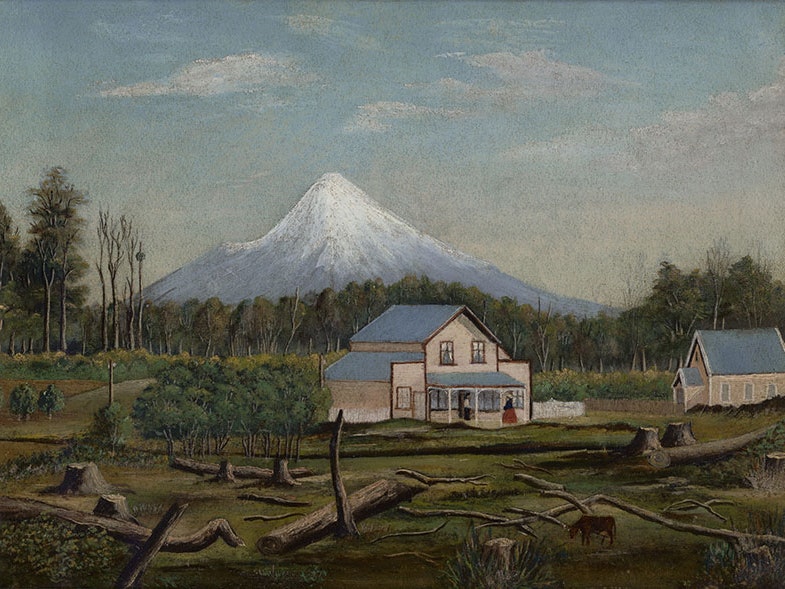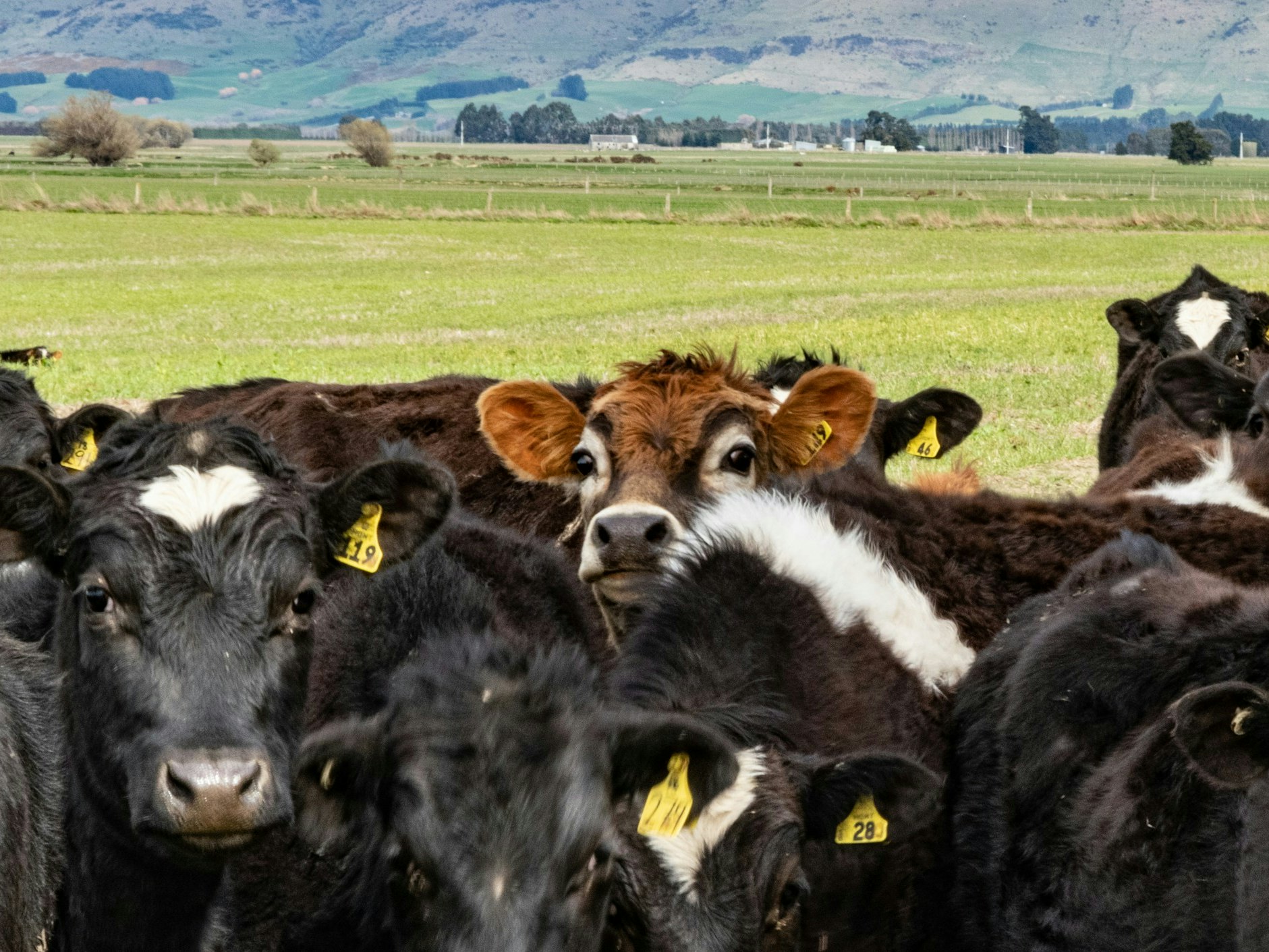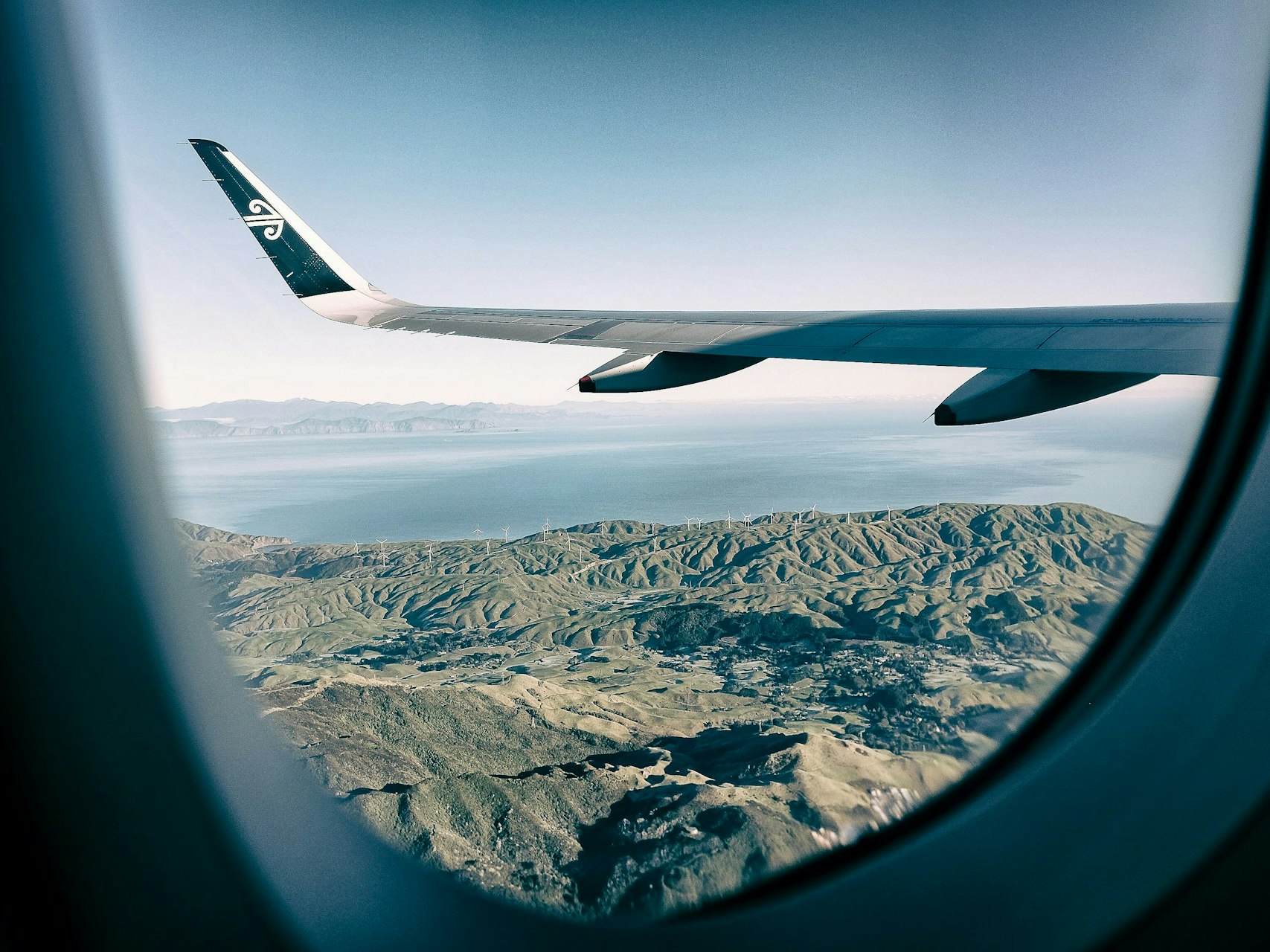
Activity A: Notice the impact of colonisation on whenua
Consider the impact of colonisation upon ecosystems of Aotearoa.
Free museum entry for New Zealanders and people living in New Zealand
Open every day 10am-6pm
(except Christmas Day)
Free museum entry for New Zealanders and people living in New Zealand
Museums honouring Te Tiriti o Waitangi for flourishing futures.
|
He pitopito kōrero At the centre of Te Papa’s rautaki are three connected principles. We aim to make sure that these priorities can be seen in all of the exhibitions, practices and resources that Te Papa develops. Hāpai ahurea Upholding the mana of all cultures and communities. Tūrangawaewae Strengthening New Zealanders’ sense of belonging and identity. Papatūānuku Empowering New Zealanders to care for, protect, and restore Aotearoa’s environment and biodiversity. |
The taonga in Te Papa’s collections are a reference, a source of inspiration and a place from which we can understand ourselves, and our histories.
Watch Matthew McIntyre Wilson speak about the hīnaki collection and how it is of deep inspiration to his work. Hīnaki represent a Māori way of being, embodying values and practices such as mahinga kai and manaaki.
With their sculptural dimensions and intricate designs, hīnaki are a distinctive Māori art form of great cultural significance. In their function as eel traps, their form, and their materials, they express mātauranga ā-iwi of te taiao. What role can museums play in helping us all to reconnect and remember past practices of ancestors?
The collection items that Te Papa has collected and still collects reflect its values. Watch Isaac Te Awa, Curator Mātauranga Māori at Te Papa talk about how the collections within Te Papa and other museums have come as a result of colonisation and can also take part in helping to revive practices going forward.
Visit your local museum and find out how they are engaging with local hapū and iwi to support the restoration of tūpuna practices.
Alongside the opening up of taonga in the collections to hapū and iwi, there is also a movement of repatriation happening. Watch Amber Aranui, Curator Mātauranga Māori talk about the work to repatriate taonga Māori. Reflecting on that early history of how taonga end up in museums, Amber discusses the repatriation and reconnection of taonga Māori with iwi Māori.
Explore the storytelling collection of He Pāki Taonga i a Māui, a series of short films for tamariki aged 7–11, which tell the stories of some of the taonga in Te Papa’s collection. In te reo Māori (English captions available), He Pāki Taonga i a Māui seeks to connect young people with taonga in Te Papa’s Collections. You can check out all the collection items that were featured in this storytelling resource.
|
Discuss: What role do you think museums can have in reconnecting people to their histories, land and environment? What could Te Papa, or your local museum do differently to help more people connect with te taiao more of the time? |
Send us a letter! We would love to hear from you, or your friends about how Te Papa’s Collections can be of best use to you and your community.

Consider the impact of colonisation upon ecosystems of Aotearoa.

The health of te taiao reflects the values we hold.
